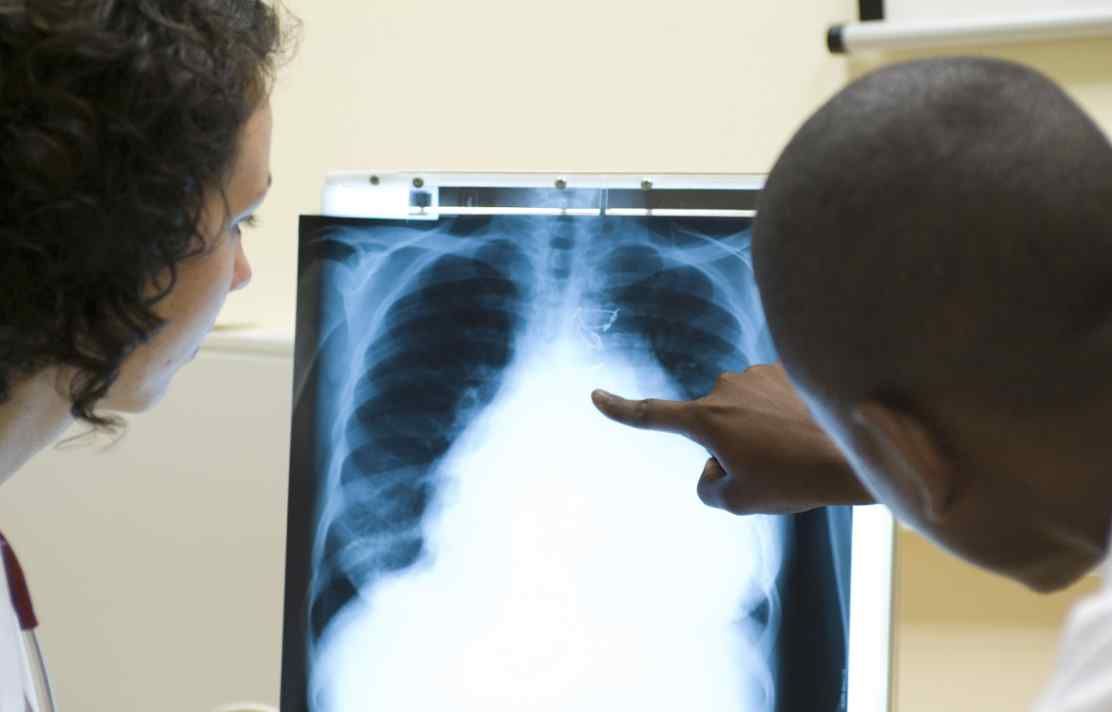BibTex format
@article{Norris:2022:10.2337/dc21-1709,
author = {Norris, T and Razieh, C and Yates, T and Zaccardi, F and Gillies, CL and Chudasama, YV and Rowlands, A and Davies, MJ and McCann, GP and Banerjee, A and Docherty, AB and Openshaw, PJM and Baillie, JK and Semple, MG and Lawson, CA and Khunti, K},
doi = {10.2337/dc21-1709},
journal = {Diabetes Care},
pages = {1132--1140},
title = {Admission blood glucose level and its association with cardiovascular and renal complications in patients hospitalized with COVID-19},
url = {http://dx.doi.org/10.2337/dc21-1709},
volume = {45},
year = {2022}
}
RIS format (EndNote, RefMan)
TY - JOUR
AB - OBJECTIVE: To investigate the association between admission blood glucose levels and risk of in-hospital cardiovascular and renal complications. RESEARCH DESIGN AND METHODS: In this multicenter prospective study of 36,269 adults hospitalized with COVID-19 between 6 February 2020 and 16 March 2021 (N = 143,266), logistic regression models were used to explore associations between admission glucose level (mmol/L and mg/dL) and odds of in-hospital complications, including heart failure, arrhythmia, cardiac ischemia, cardiac arrest, coagulation complications, stroke, and renal injury. Nonlinearity was investigated using restricted cubic splines. Interaction models explored whether associations between glucose levels and complications were modified by clinically relevant factors. RESULTS: Cardiovascular and renal complications occurred in 10,421 (28.7%) patients; median admission glucose level was 6.7 mmol/L (interquartile range 5.8-8.7) (120.6 mg/dL [104.4-156.6]). While accounting for confounders, for all complications except cardiac ischemia and stroke, there was a nonlinear association between glucose and cardiovascular and renal complications. For example, odds of heart failure, arrhythmia, coagulation complications, and renal injury decreased to a nadir at 6.4 mmol/L (115 mg/dL), 4.9 mmol/L (88.2 mg/dL), 4.7 mmol/L (84.6 mg/dL), and 5.8 mmol/L (104.4 mg/dL), respectively, and increased thereafter until 26.0 mmol/L (468 mg/dL), 50.0 mmol/L (900 mg/dL), 8.5 mmol/L (153 mg/dL), and 32.4 mmol/L (583.2 mg/dL). Compared with 5 mmol/L (90 mg/dL), odds ratios at these glucose levels were 1.28 (95% CI 0.96, 1.69) for heart failure, 2.23 (1.03, 4.81) for arrhythmia, 1.59 (1.36, 1.86) for coagulation complications, and 2.42 (2.01, 2.92) for renal injury. For most complications, a modifying effect of age was observed, with higher odds of complications at higher glucose levels for patients age <69 years. Preexisting diabetes status had a similar modifying effect on odds of c
AU - Norris,T
AU - Razieh,C
AU - Yates,T
AU - Zaccardi,F
AU - Gillies,CL
AU - Chudasama,YV
AU - Rowlands,A
AU - Davies,MJ
AU - McCann,GP
AU - Banerjee,A
AU - Docherty,AB
AU - Openshaw,PJM
AU - Baillie,JK
AU - Semple,MG
AU - Lawson,CA
AU - Khunti,K
DO - 10.2337/dc21-1709
EP - 1140
PY - 2022///
SN - 0149-5992
SP - 1132
TI - Admission blood glucose level and its association with cardiovascular and renal complications in patients hospitalized with COVID-19
T2 - Diabetes Care
UR - http://dx.doi.org/10.2337/dc21-1709
UR - https://www.ncbi.nlm.nih.gov/pubmed/35275994
UR - http://hdl.handle.net/10044/1/95783
VL - 45
ER -
